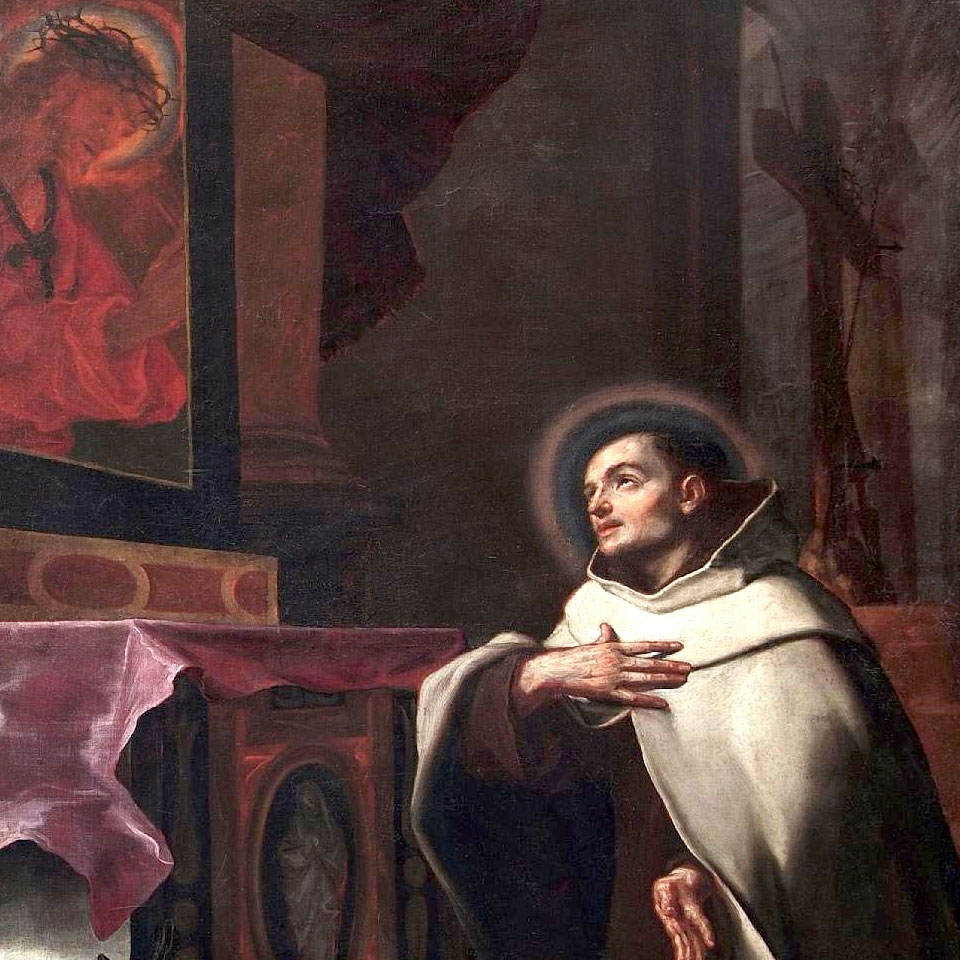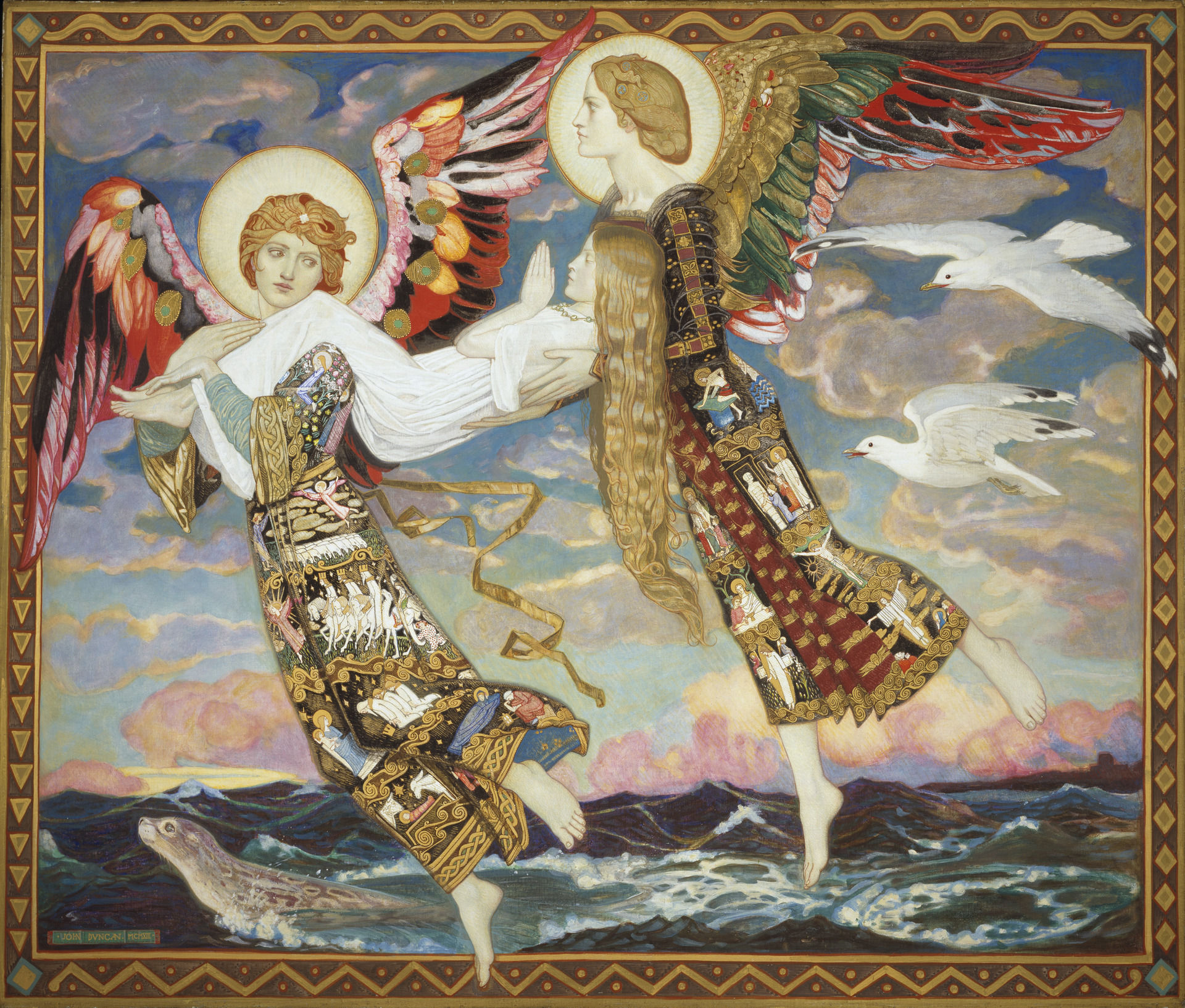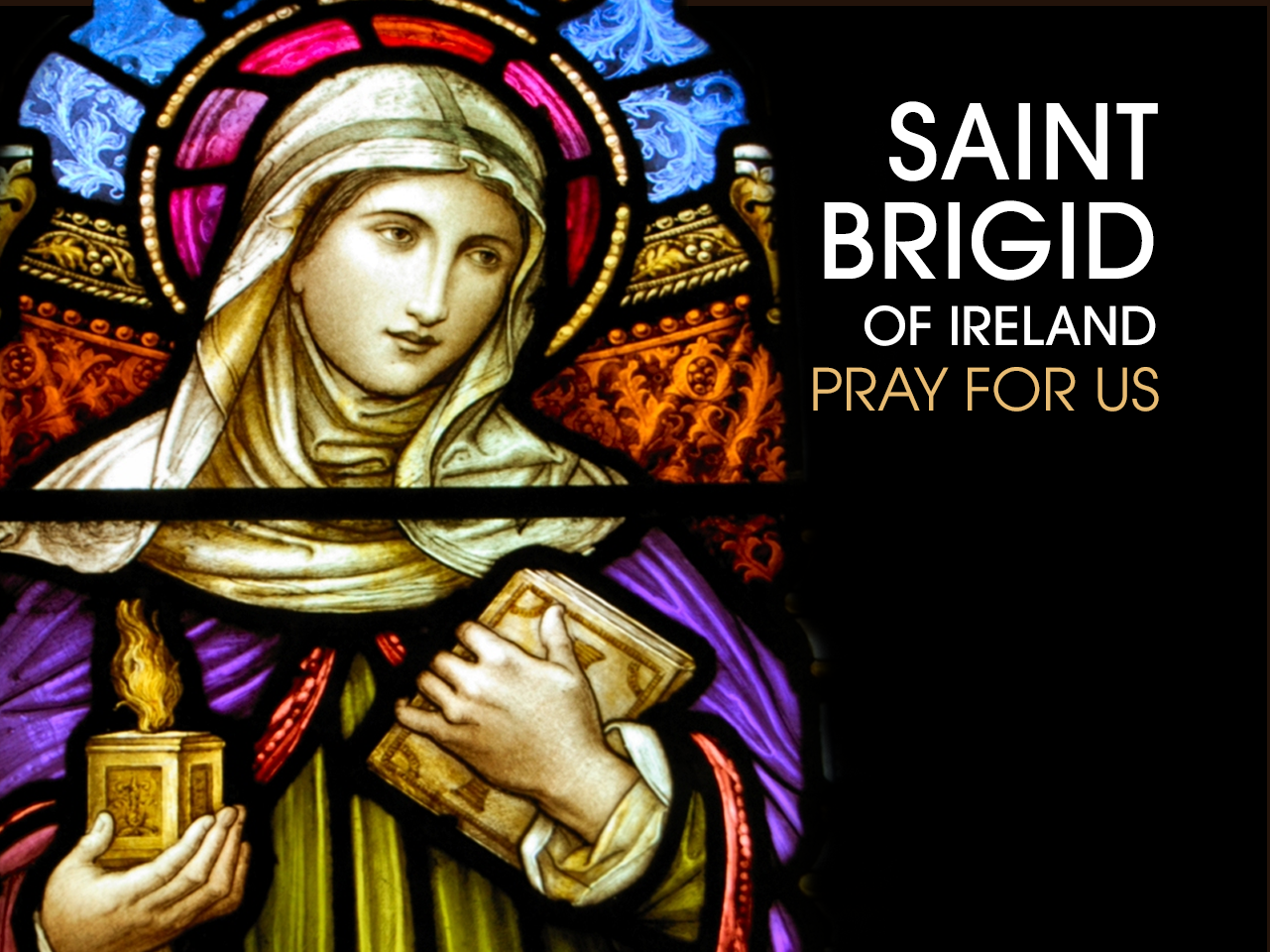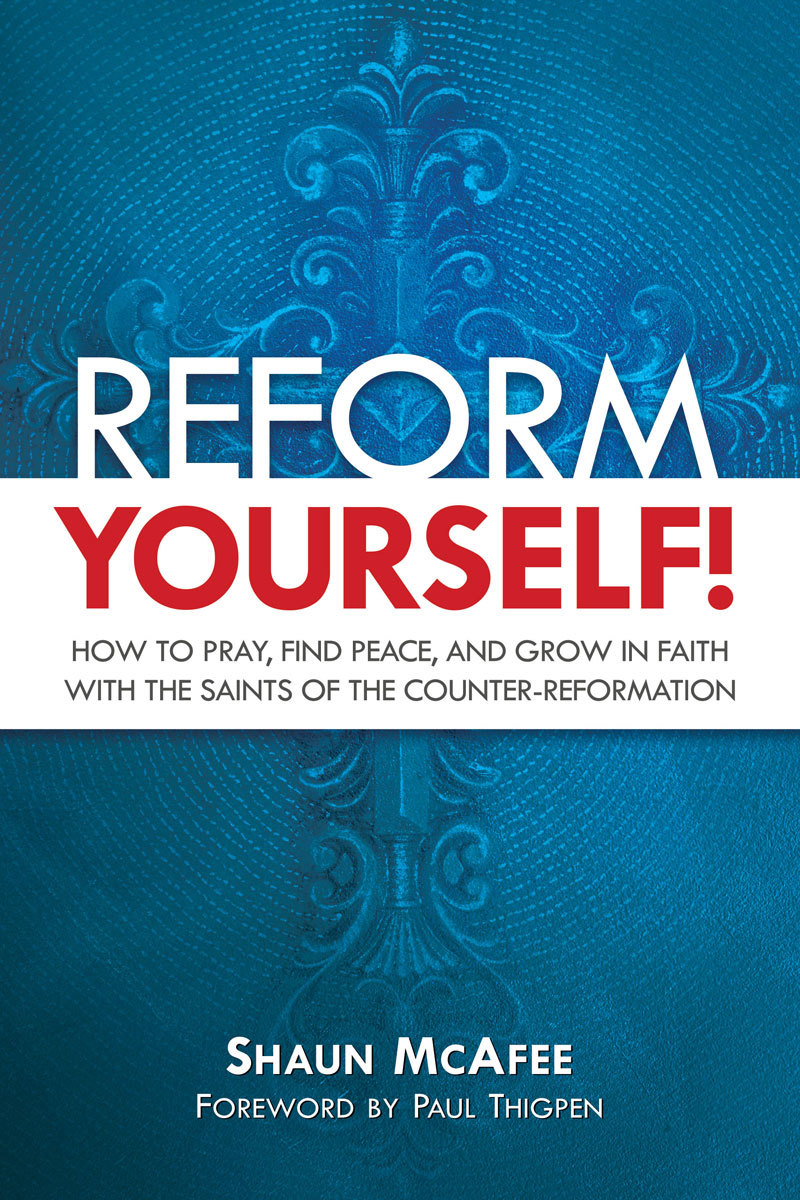
-Head Reliquary (has his actual head, or parts of it inside) of Saint Cyprian in the St. Kornelius chapel of the abbey church of Kornelimünster Abbey in Kornelimünster
Cyprian is important in the development of Christian thought and practice in the third century, especially in northern Africa.
Thaschus Cæcilius Cyprianus, was born into a rich pagan family of Carthage sometime during the early third century. His father was a senator. His original name was Thascius; he took the additional name Caecilius in memory of the priest to whom he owed his conversion. Before his conversion, he was a leading member of a legal fraternity in Carthage, an orator, a “pleader in the courts”, and a teacher of rhetoric. After a “dissipated youth”, Cyprian was baptized when he was thirty-five years old, c. 245 AD. After his baptism, he gave away a portion of his wealth to the poor of Carthage, as befitted a man of his status.
Highly educated, a famous orator, he became a Christian as an adult. He distributed his goods to the poor, and amazed his fellow citizens by making a vow of chastity before his baptism. Within two years he had been ordained a priest and was chosen, against his will, as Bishop of Carthage.
In the early days of his conversion he wrote an Epistola ad Donatum de gratia Dei and the Testimoniorum Libri III that adhere closely to the models of Tertullian, who influenced his style and thinking. Cyprian described his own conversion and baptism in the following words:
“When I was still lying in darkness and gloomy night, I used to regard it as extremely difficult and demanding to do what God’s mercy was suggesting to me… I myself was held in bonds by the innumerable errors of my previous life, from which I did not believe I could possibly be delivered, so I was disposed to acquiesce in my clinging vices and to indulge my sins… But after that, by the help of the water of new birth, the stain of my former life was washed away, and a light from above, serene and pure, was infused into my reconciled heart… a second birth restored me to a new man. Then, in a wondrous manner every doubt began to fade…. I clearly understood that what had first lived within me, enslaved by the vices of the flesh, was earthly and that what, instead, the Holy Spirit had wrought within me was divine and heavenly.”
Contested election as bishop of Carthage
Not long after his baptism he was ordained a deacon, and soon afterwards a priest. Some time between July 248 and April 249 he was elected bishop of Carthage, a popular choice among the poor who remembered his patronage as demonstrating good equestrian style. However his rapid rise did not meet with the approval of senior members of the clergy in Carthage, an opposition which did not disappear during his episcopate.
Not long afterward, the entire community was put to an unwanted test. Christians in North Africa had not suffered persecution for many years; the Church was assured and lax. Early in 250 the “Decian persecution” began. The Emperor Decius issued an edict, the text of which is lost, ordering sacrifices to the gods to be made throughout the Empire. Jews were specifically exempted from this requirement. Cyprian chose to go into hiding rather than face potential execution. While some clergy saw this decision as a sign of cowardice, Cyprian defended himself saying he had fled in order not to leave the faithful without a shepherd during the persecution, and that his decision to continue to lead them, although from a distance, was in accordance with divine will. Moreover, he pointed to the actions of the Apostles and Jesus Himself: “And therefore the Lord commanded us in the persecution to depart and to flee; and both taught that this should be done, and Himself did it. For as the crown is given by the condescension of God, and cannot be received unless the hour comes for accepting it, whoever abiding in Christ departs for a while does not deny his faith, but waits for the time…”
Lapsi
Cyprian complained that the peace the Church had enjoyed had weakened the spirit of many Christians and had opened the door to converts who did not have the true spirit of faith. When the Decian persecution began, many Christians easily abandoned the Church. It was their reinstatement that caused the great controversies of the third century, and helped the Church progress in its understanding of the Sacrament of Penance.
The persecution was especially severe at Carthage, according to Church sources. Many Christians fell away, and were thereafter referred to as “Lapsi” (the fallen). The majority had obtained signed statements (libelli) certifying that they had sacrificed to the Roman gods in order to avoid persecution or confiscation of property. In some cases Christians had actually sacrificed, whether under torture or otherwise. Cyprian found these libellatici especially cowardly, and demanded that they and the rest of the lapsi undergo public penance before being re-admitted to the Church.
Novatus, a priest who had opposed Cyprian’s election, set himself up in Cyprian’s absence (he had fled to a hiding place from which to direct the Church—bringing criticism on himself) and received back all apostates without imposing any canonical penance. Ultimately he was condemned. Cyprian held a middle course, holding that those who had actually sacrificed to idols could receive Communion only at death, whereas those who had only bought certificates saying they had sacrificed could be admitted after a more or less lengthy period of penance. Even this was relaxed during a new persecution.
However, in Cyprian’s absence, some priests disregarded his wishes by readmitting the lapsed to communion with little or no public penance. Some of the lapsi presented a second libellus purported to bear the signature of some martyr or confessor who, it was held, had the spiritual prestige to reaffirm individual Christians. This system was not limited to Carthage, but on a wider front by its charismatic nature it clearly constituted a challenge to institutional authority in the Church, in particular to that of the bishop. Hundreds or even thousands of lapsi were re-admitted this way, against the express wishes of Cyprian and the majority of the Carthaginian clergy, who insisted upon earnest repentance.
A schism then broke out in Carthage, as the laxist party, led largely by the priests who had opposed Cyprian’s election, attempted to block measures taken by him during his period of absence. After fourteen months, Cyprian returned to the diocese and in letters addressed to the other North African bishops defended having left his post. After issuing a tract, “De lapsis,” (On the Fallen) he convoked a council of North African bishops at Carthage to consider the treatment of the lapsed, and the apparent schism of Felicissimus (251 AD). Cyprian took a middle course between the followers of Novatus of Carthage who were in favor of welcoming back all with little or no penance, and Novatian of Rome who would not allow any of those who had lapsed to be reconciled. The council in the main sided with Cyprian and condemned Felicissimus, though no acts of this council survive.
The schism continued as the laxists elected a certain Fortunatus as bishop in opposition to Cyprian. At the same time, the rigorist party in Rome, who refused reconciliation to any of the lapsed, elected Novatian as bishop of Rome, in opposition to Pope Cornelius. The Novatianists also secured the election of a certain Maximus as a rival bishop of their own at Carthage. Cyprian now found himself wedged between laxists and rigorists, but the polarization highlighted the firm but moderate position adopted by Cyprian and strengthened his influence, wearing down the numbers of his opponents. Moreover, his dedication during the time of a great plague and famine gained him still further popular support.
Cyprian comforted his brethren by writing his De mortalitate, and in his De eleemosynis exhorted them to active charity towards the poor, setting a personal example. He defended Christianity and the Christians in the apologia Ad Demetrianum, directed against a certain Demetrius, in which he countered pagan claims that Christians were the cause of the public calamities.
Persecution under Valerian
During a plague in Carthage, Cyprian urged Christians to help everyone, including their enemies and persecutors.
A friend of Pope Cornelius, Cyprian opposed the following pope, Stephen. He and the other African bishops would not recognize the validity of baptism conferred by heretics and schismatics. This was not the universal view of the Church, but Cyprian was not intimidated even by Stephen’s threat of excommunication.
He was exiled by the emperor and then recalled for trial. He refused to leave the city, insisting that his people should have the witness of his martyrdom.
At the end of 256 AD a new persecution of the Christians broke out under Emperor Valerian, and Pope Sixtus II was executed in Rome.
In Africa, Cyprian prepared his people for the expected edict of persecution by his De exhortatione martyrii, and himself set an example when he was brought before the Roman proconsul Aspasius Paternus (August 30, 257). He refused to sacrifice to the pagan deities and firmly professed Christ.
The proconsul banished him to Curubis, modern Korba, whence, to the best of his ability, he comforted his flock and his banished clergy. In a vision he believed he saw his approaching fate. When a year had passed he was recalled and kept practically a prisoner in his own villa, in expectation of severe measures after a new and more stringent imperial edict arrived, in which Christian writers subsequently claimed it demanded the execution of all Christian clerics.
On September 13, 258, Cyprian was imprisoned on the orders of the new proconsul, Galerius Maximus. The public examination of Cyprian by Galerius Maximus, on 14 September 258 has been preserved:
“Galerius Maximus: “Are you Thascius Cyprianus?” Cyprian: “I am.” Galerius: “The most sacred Emperors have commanded you to conform to the Roman rites.” Cyprian: “I refuse.” Galerius: “Take heed for yourself.” Cyprian: “Do as you are bid; in so clear a case I may not take heed.” Galerius, after briefly conferring with his judicial council, with much reluctance pronounced the following sentence: “You have long lived an irreligious life, and have drawn together a number of men bound by an unlawful association, and professed yourself an open enemy to the gods and the religion of Rome; and the pious, most sacred and august Emperors … have endeavoured in vain to bring you back to conformity with their religious observances; whereas therefore you have been apprehended as principal and ringleader in these infamous crimes, you shall be made an example to those whom you have wickedly associated with you; the authority of law shall be ratified in your blood.” He then read the sentence of the court from a written tablet: “It is the sentence of this court that Thascius Cyprianus be executed with the sword.” Cyprian: “Thanks be to God.””
The execution was carried out at once in an open place near the city. A vast multitude followed Cyprian on his last journey. He removed his garments without assistance, knelt down, and prayed. After he blindfolded himself, he was beheaded by the sword. The body was interred by Christians near the place of execution.
Cyprian was a mixture of kindness and courage, vigor and steadiness. He was cheerful and serious, so that people did not know whether to love or respect him more. He waxed warm during the baptismal controversy; his feelings must have concerned him, for it was at this time that he wrote his treatise on patience. Saint Augustine remarks that Cyprian atoned for his anger by his glorious martyrdom.
“Who could be so callous, so stony-hearted, who so unmindful of brotherly love, as to remain dry-eyed in the presence of so many of his own kin, who are broken now, shadows of their former selves, disheveled, in the trappings of grief?” –St. Cyprian
“If He who was without sin prayed, how much more ought sinners to pray?”
-St. Cyprian
Love,
Matthew






















